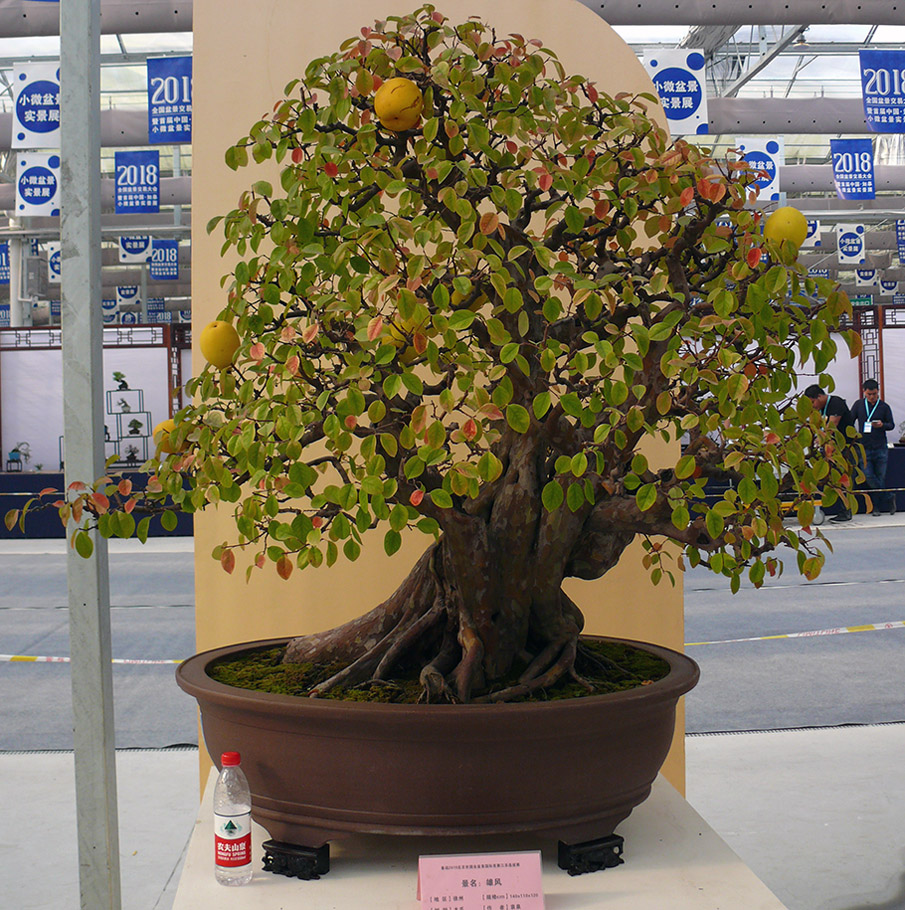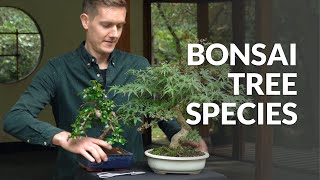Chinese quince Bonsai Care guidelines
The Chinese quince likes sun and warmth. Place it in a sunny and airy spot which will promote healthy growth as well as flowering and the development of fruit. The Chinese quince can endure some frost, but when it is planted in a bonsai pot it is safer to protect it from strong frost and cold wind. A cold frame is a good winter place.
Always keep the rootball slightly moist. In summer, when the tree produces flowers and fruits, it needs a lot of water and must not dry out. If the rootball should have become completely dry it is a good idea to dunk the pot with the rootball into a tub filled with water until no more air bubbles rise to the surface. Continue reading about watering Bonsai trees.
Watering
Free lecture from the Beginners CourseApply solid organic fertilizer every four weeks or use a liquid fertilizer every week during the growing season. Use a balanced fertilizer with sufficient phosphorous and potassium to promote flowering and fruit development.
If you want the Chinese quince to flower, do not trim the new shoots until the flowers appear. If many fruits begin to develop, leave only a few on the tree and remove most of them because the tree must spend a lot of energy on the fruits and this can weaken the branches. After flowering, new shoots are trimmed back to two leaves when they have elongated. If the canopy gets too dense, remove some of the biggest leaves and if this is not enough, cut the remaining outer leaves in half, folding them along their length and making a diagonal cut, in order to reduce their size and produce a more or less natural leaf shape. On young trees, where you want the trunk to thicken and the branch structure to develop, remove the flower buds and allow the plants to grow more freely. Harder pruning is best done during winter dormancy. The Chinese quince will bud willingly from older branches, provided that it is healthy and vigorous. Continue reading about pruning Bonsai trees.
The best time for wiring is in autumn, after the leaves have fallen. Older branches are stiff and brittle, better use guy wires for shaping them, but younger twigs are flexible and can be shaped quite easily. Young shoots can be wired in summer. Don't wire the Chinese quince in spring because the tender new buds break off at the lightest touch.
Repot younger trees every two years and older trees every three to five years in early spring. Use a well-draining standard soil mix. The Chinese quince bonsai grows best in neutral or slightly acidic soils. Continue reading about repotting Bonsai trees.
The Chinese quince can be propagated from seed, softwood cuttings in summer or air-layering.
The Chinese quince can be attacked by aphids, scale, weevils or fire blight, which is a bacterial infection. Use a specific pesticide in case of an infestation. For more detailed information on these techniques, check out our Bonsai tree care section.

Chinese quince Bonsai (Pseudocydonia sinensis)
General information about the Chinese quince Bonsai tree
The glossy dark green oval leaves are quite large and the twigs a bit coarse which makes the Chinese quince best suited for larger size bonsai trees. In spring the pink flowers appear, followed by large oval bright yellow fruits with a smooth skin. The fruits can be used for cooking jam or jelly, but they are not as tasty as those of the European quince. The bark is dark brown and smooth, peeling off in patches when the trunk and branches are thickening, revealing lighter spots underneath. This looks very attractive and distinctive. In autumn the leaves turn orange and red before falling. If you need help identifying your tree, take a look at our Bonsai tree identification guide.





